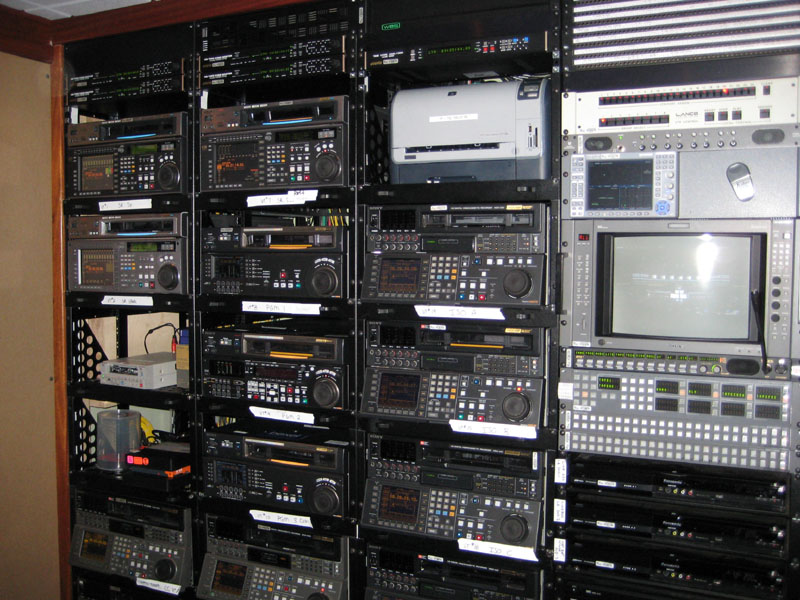Producing the 53rd Grammy Awards Concert
The Grammy Awards get their share of slings and arrows from hipsters, but as CD and more recently ticket sales continue to decline, finding ways to "eventize" the concert experience and create a recording of it that can offer continuous revenue streams going forward might be Grammy's biggest contribution yet to keeping the music business as we know it alive.
Wireless Challenge
In the backstage production office, audio coordinator Michael Abbott is cautiously watching how a creative conflict is playing out on stage. Lady Antebellum has gone from one acoustic song to a medley, adding their part of their latest single to a snippet of a Teddy Pendergrass memoriam, the length of which will have a knock-on effect on the following act. "The first two bands are already a challenge," says Abbott. "The arrangements have changed and that changes microphones and the Sennheiser wireless mics have two different companding circuits for the different styles of transmitters."
The issue is collateral to the recent complicated White Spaces wireless allocation controversy, and Abbott, who agrees that the Grammy event format might make for a viable concert format in the future, especially with HD connectivity to cinemas, says that issues such as wireless regulation in the dynamic environment of complex concert production will remain a challenge. One solution he's added this year has been the use of Google Docs and Apple iPads to key department heads, to keep the flow of information as dynamic as possible. "This is really helping keep everyone on the same page," he says.
Projection
The Grammys also had more projection video than ever before this year. Andy Gil of American Hi Definition surveys the projection firepower from the steeply raked seats behind the main stage. He points to seven Christie HD18 and Christie Roadster S+20K DLP projectors doing rear projection across seven 1 X 16-foot screens that form the main header for the stage. More S+20 projectors are mounted on the FOH camera position to provide wash for specific artists, and a rolling cart fitted with other S+20 projectors were to be used for performances by Eminem and Katy Perry.
 XX
XX
"There are six more projects altogether there than there were last year," says Gil, also noting increased use of 18.75mm LED lighting to create isolation of parts of the stage.
Allan Wells, executive producer at Mdots and the content creator for the projection systems, sits in the Denali truck off stage and discusses how in his 25 years on the Grammy show graphics have gone from supers shakily displaying the names of the winners to becoming the dynamic part of the scenery. That's taken place in live music concerts and in broadcast over that time, but Wells says the particular challenge when those domains converge is how to serve both audiences well.
"Even with widescreen flat-panel displays at home, the broadcast audience is only going to see ten percent of what's actually on the stage," he explains. Visual content is stored on EVS broadcast servers and is managed by a Playback Innovations GUI and distributed to the screens via a Gakworks system.
The Grammy Awards get their share of slings and arrows from hipsters, but as CD and more recently ticket sales continue to decline, finding ways to "eventize" the concert experience and create a recording of it that can offer continuous revenue streams going forward might be Grammy's biggest contribution yet to keeping the music business as we know it alive.